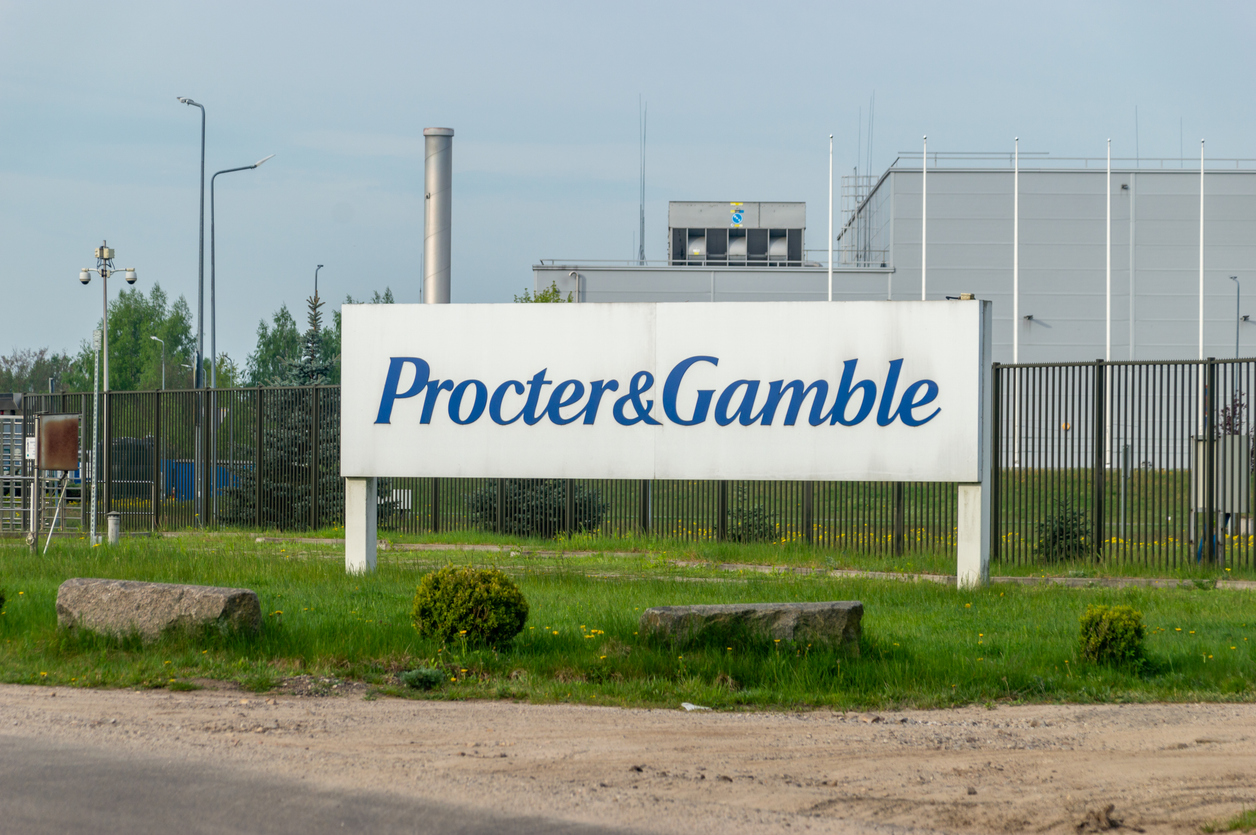Is Procter & Gamble Stock Underperforming the Nasdaq?

Cincinnati, Ohio-based Procter & Gamble Company (PG) is the world’s largest consumer packaged goods company. With a market cap of $393.3 billion, Procter & Gamble operates through Beauty, Grooming, Health Care, Fabric & Home Care, and Baby, Feminine & Family Care segments.
Companies worth $200 billion or more are generally described as "mega-cap stocks." P&G fits right into that category, with its market cap exceeding this threshold, reflecting its substantial size and influence in the household & personal products industry. The company’s extensive operations span over 180 countries and territories across the globe.
P&G touched its all-time high of $180.43 on Nov. 27 last year and is currently trading 7.2% below that peak. Meanwhile, the stock has dropped 3.7% over the past three months, underperforming the Nasdaq Composite’s ($NASX) 1.4% uptick during the same time frame.

Over the longer term, P&G’s performance looks even more concerning as the stock has gained 2.6% over the past 52 weeks, significantly underperforming Nasdaq’s 12.2% surge during the same time frame.
To confirm the recent downtrend, P&G stock has traded mostly below the 200-day moving average since mid-March and below its 50-day moving average since early April, with some fluctuations.

Procter & Gamble’s stock prices dropped 3.7% after the release of its mixed Q3 results on Apr. 24. Due to a weakness in volumes across segments and foreign currency translation losses, the company’s GAAP-based net sales for the quarter dropped 2.1% year-over-year to $19.8 billion. This figure fell short of the Street’s expectations by 2.8% and unsettled investor confidence. On the positive note, the company focused on curtailing its SG&A expenses, which led to a slight improvement in margins. Moreover, the company ramped up its share repurchase activities in recent quarters, leading to a 1.3% year-over-year increase in non-GAAP adjusted EPS to $1.54, meeting the analyst’s expectations.
Nevertheless, when compared to its peer Kimberly-Clark Corporation (KMB), P&G’s stock performance looks even grimmer. KMB stock has soared 10.5% over the past 52 weeks, significantly outpacing P&G’s low-single-digit uptick.
However, analysts remain optimistic about the stock’s long-term prospects. Among the 25 analysts covering the PG stock, the consensus rating is “Moderate Buy.” As of writing, its mean price target of $174.35 represents a modest 4.2% upside potential from current price levels.
On the date of publication, Aditya Sarawgi did not have (either directly or indirectly) positions in any of the securities mentioned in this article. All information and data in this article is solely for informational purposes. For more information please view the Barchart Disclosure Policy here.